@ScroopyNoopers
Yes. I obviously do not have a problem with 'volume betting'.
Nowadays there are so many ways to bet. Like in NHL, you have ML, PL, Total, TT, each period, etc.
But before you make each wager you need to know your EV and your breakeven point on each play.
I think there are so many ways to bet that you can find some 'inefficiencies' in some of them for each game.
Then you have to know the breakeven for your bet to see if you have an edge and then if you have an edge, how much of an edge it is. Then you have to scale accordingly.
For example, on here I simply post all of my plays as 1 unit plays just to make it simple.
But if you have a play where you see more of an edge you should be betting it more.
So, I think in most games you can find something worth a play where you have an advantage. But you have to scale up when you find something more advantageous. Otherwise, those plays where you do not have that much of an edge will eat away at potential profit.
I am not saying you do not know how to do this. All I am saying is that it helps folks that are doing volume betting if they are able to do this. That way you are not betting just to have action on all the games but actually think you have an edge in a game.
The example I like to use is something like this:
If a total in MLB is 7.5 and the OVER is -122 and the UNDER is +100, should you play the UNDER since it should be a 50/50 scenario and you are not laying the juice.
The answer is no because of your breakeven price.
(Risk) divided by (Risk + Reward) = breakeven price
122/220 = .5545 So, 55.45% is the breakeven probability..
100/200 = .5 So, 50% is the breakeven probability.
Now you take those breakeven probabilities for both sides and sum them. That way you can figure out what the whole of the market is.
.5545 + .5 = 1.0545
So, the hold on this market is 5.45%.
So, there is a 5.45% tax placed on the sum of those bets.
You are not guaranteed that the 'tax' is placed across both sides evenly. You can never know this for certain.
Maybe the OVER has 3% juiced because the public likes to bet OVERs a bit more.
All you can know for sure is the total tax.
So you have to know if you are making a good bet and to do that you have to have a sense of what the true placement is for each side.
Because you KNOW the true breakeven point is some number less than 50% on the bet you want to place.
So, if the OVER has 3% it means that 2.4% of the juice is placed on the UNDER.
That means the true probability is 47.6%.
So, you would be laying 50/50 prices on only 47.6% chance to win your bet on the UNDER.
This is what is known as 'Top-down betting'. This assumes that there is a market. That the power of that market is the liquidity of that market where people are actually betting the liquidity of the market and that gives you an accurate price.
So, if you use this same example, and at Pinnacle, for example, or another bookmaker that is not a retail book and the same UNDER is priced at -110 then you are at your true odds of 52.4%. Then the retail book will provide you a 2% edge in your favor.
Because NOW you know the breakeven probability and NOW you know what the price should be.
If all of that is accurate then you are fine. But you cannot just go to the market and take the UNDER because you can get better odds on it, that is not necessarily correct without knowing the other information.
Retail books will always do this more than Circa or Pinnacle will do it.




























